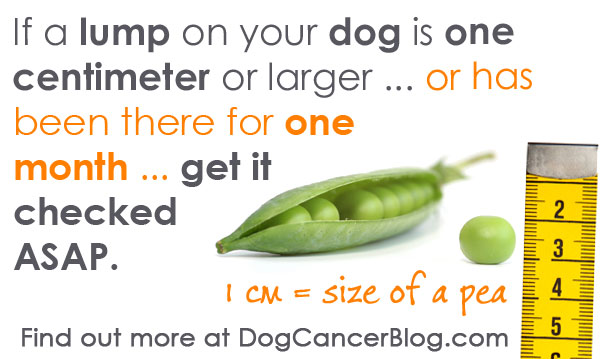Does your pet have a lump or bump under or on their skin? While lumps and bumps are more common in older dogs, younger dogs can get them too. It is easy to be uncertain about what to do with skin lumps and bumps that appear on our pets. The good news is that this is one area of our pet’s health that we can keep a close eye on, as changes are visible and easy to monitor (unlike internal organ disorders like liver or kidney disease).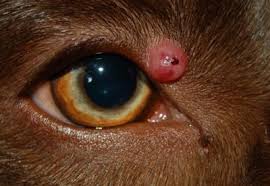
About 50% of skin masses in cats and dogs are malignant (cancer that will spread elsewhere in the body). Some different types of malignant masses include; Mast Cell Tumour, Fibrosarcoma (Soft Tissue Sarcoma), Melanomas, Squamous Cell Carcinomas, Mammary Carcinoma (Breast Cancer), Osteosarcoma (Bone Cancer), Chondrosarcoma (Bone Cancer).
With these types of lumps, it really is a case of “a stitch in time saves nine!” Just as with skin cancer in humans, by finding out what the mass is and taking early action, we can often stop the cancer there and then, before it has had a chance to spread more widely.
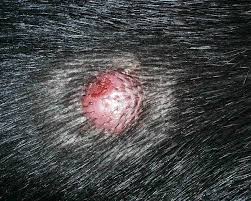 There are also many types of benign lumps that can be found on our pets too. There are many different types of benign masses that can appear on our pets, including; Lipomas (Fatty Lumps), Abscesses, Hives, Sebaceous Cysts, Warts, Granulomas and a few others.
There are also many types of benign lumps that can be found on our pets too. There are many different types of benign masses that can appear on our pets, including; Lipomas (Fatty Lumps), Abscesses, Hives, Sebaceous Cysts, Warts, Granulomas and a few others.
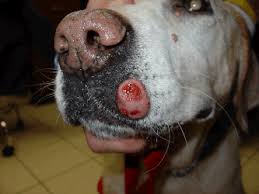 Benign lumps and bumps lack the ability to invade other tissues and spread to sites beyond where they are present. The vast majority cause little concern, however those that continue to grow can cause problems, like restricting movement or breathing because of the lump’s size, or your dog keeps scratching them because they’re irritating. If benign lumps are causing problems, removal should be considered.
Benign lumps and bumps lack the ability to invade other tissues and spread to sites beyond where they are present. The vast majority cause little concern, however those that continue to grow can cause problems, like restricting movement or breathing because of the lump’s size, or your dog keeps scratching them because they’re irritating. If benign lumps are causing problems, removal should be considered.
 Our vets are all skilled in cytology – which means that we can take a sample in the consult room and look at it under a microscope straight away, giving you an immediate idea as to what the mass is, without having to send the sample out to an external laboratory, saving expense and time. Once we have a diagnosis on the lump, the vet may recommend having it removed surgically.
Our vets are all skilled in cytology – which means that we can take a sample in the consult room and look at it under a microscope straight away, giving you an immediate idea as to what the mass is, without having to send the sample out to an external laboratory, saving expense and time. Once we have a diagnosis on the lump, the vet may recommend having it removed surgically.
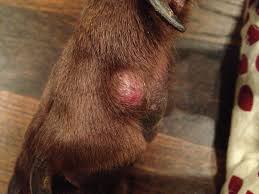 Maintaining the health of your dog’s skin and coat is vital to avoiding certain skin conditions such as lumps and bumps. But if your dog has a lump or bump, bring them in to get it checked straight away. We can tell you whether it’s dangerous or not and the best way to treat it. If your dog doesn’t have any lumps or bumps, you should check them on a regular basis so you’ll notice any changes that happen. The earlier a lump or bump is detected, the more successful the treatment will be.
Maintaining the health of your dog’s skin and coat is vital to avoiding certain skin conditions such as lumps and bumps. But if your dog has a lump or bump, bring them in to get it checked straight away. We can tell you whether it’s dangerous or not and the best way to treat it. If your dog doesn’t have any lumps or bumps, you should check them on a regular basis so you’ll notice any changes that happen. The earlier a lump or bump is detected, the more successful the treatment will be.
Generally a good rule of thumb is:

